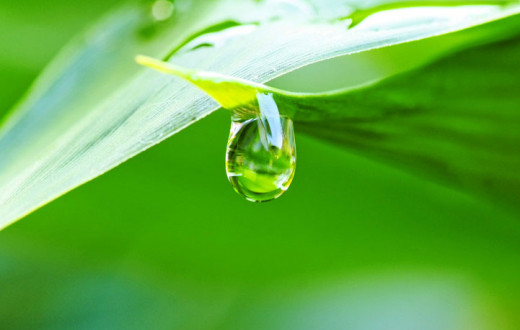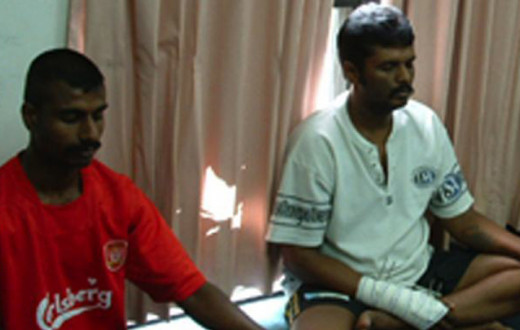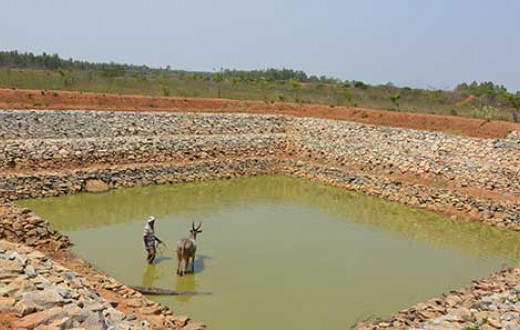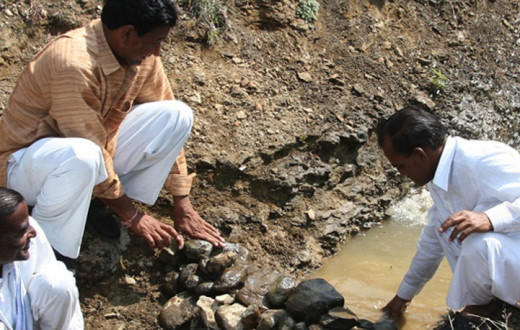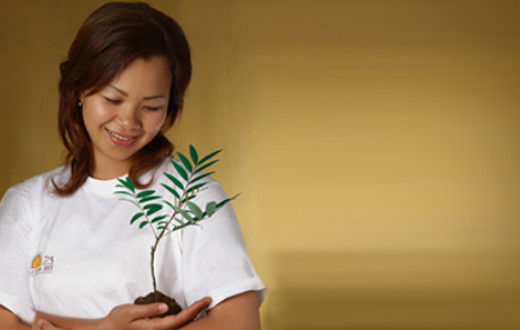One late Sunday evening, Dr. Ranjana Borse seemed to be rushed for time.
Weekends are important for this ophthalmologist from Jalgaon, not for planning a family dinner or weekend getaway; but about spending time in villages and neighboring localities. This 48-year old doctor in farmer-suicide ravaged Maharashtra is on a mission to save lives outside her medical practice.
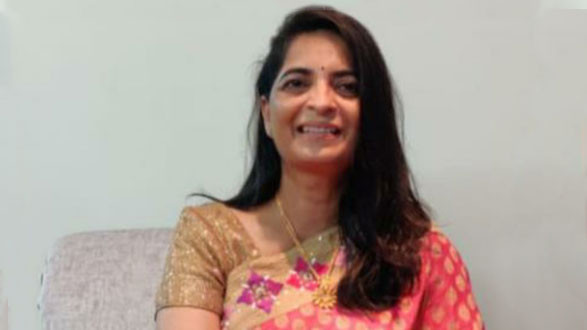
How did this begin?
A sudden insight in 2012 gave Dr. Borse a calling: working for the water crisis. What does an eye-doctor know about water? Dr. Borse was, naturally, wondering where to begin when she found her mentor: noted geologist and retired public official, Suresh Kanapurkar. Well-known for his work in Shirpur, Kanapurkar has four decades of experience. He has helped over 40 villages to get 100 percent irrigation. In fact, Kanapurkar’s method even has a name - the Shirpur Pattern.
‘Angioplasty’ for rivers
A group of 21 Art of Living volunteers visited Kanapurkar in Shirpur to learn all about reviving dead streams into perennial water sources. Once the technology was understood and ready to be implemented, Dr. Borse and her team started raising money through crowdsourcing. The farmers also participated in the project and contributed around Rs 1,000 per acre. The average cost was Rs 5 lakh per village.
The work involved deepening and widening the stream at a distance of every 300-400 meters. This ensured that the flow slowed down, reducing silting as well. Desilting or removing the silt helped the flow of water, naturally recharging groundwater sources. Kanapurkar would often explain the importance of desilting as an “angioplasty” for streams/rivers.
They struck gold
“Some 50 years back these streams were flowing all year, that fed into rivers and finally into the sea. The cement bunds built by the government over the period to control the flow of the streams were not working,” Dr. Borse recalls.
The very first project in 2012 that covered nine villages started showing results. More than 41 crore liters of water was brought to use, and Dr. Borse says as much as six times the volume percolated underground. Nine more villages were covered between 2015 and 2016. Possibly, this impact was more precious than even gold.
Climbing every mountain
Of course, water is only a means to solve a more significant problem. Around 7-8 years before the rejuvenation of the streams, farmers had started to abandon water-intensive crops like cotton and banana. They moved to millets like jowar and bajra, thus deeply impacting their economic outcome.
Post the implementation of the “Shirpur Pattern,” streams have come back to life and farmers are moving back to crops like pomegranate and banana. “The economics have changed, again, now,” said Dr. Borse.
Passion is her GPS
Dr. Borse and her team are hoping to cover 7-8 villages at the cost of Rs 50 lakh. The changes in the Indian economy have greatly impacted farmers, reducing their contribution to the rejuvenation project. Dr. Borse is determined to continue with the same passion and determination.
She believes in miracles and is ready to lean on her faith. The results are already there to see.
Story credit: The Art of Living Bureau of Communication

